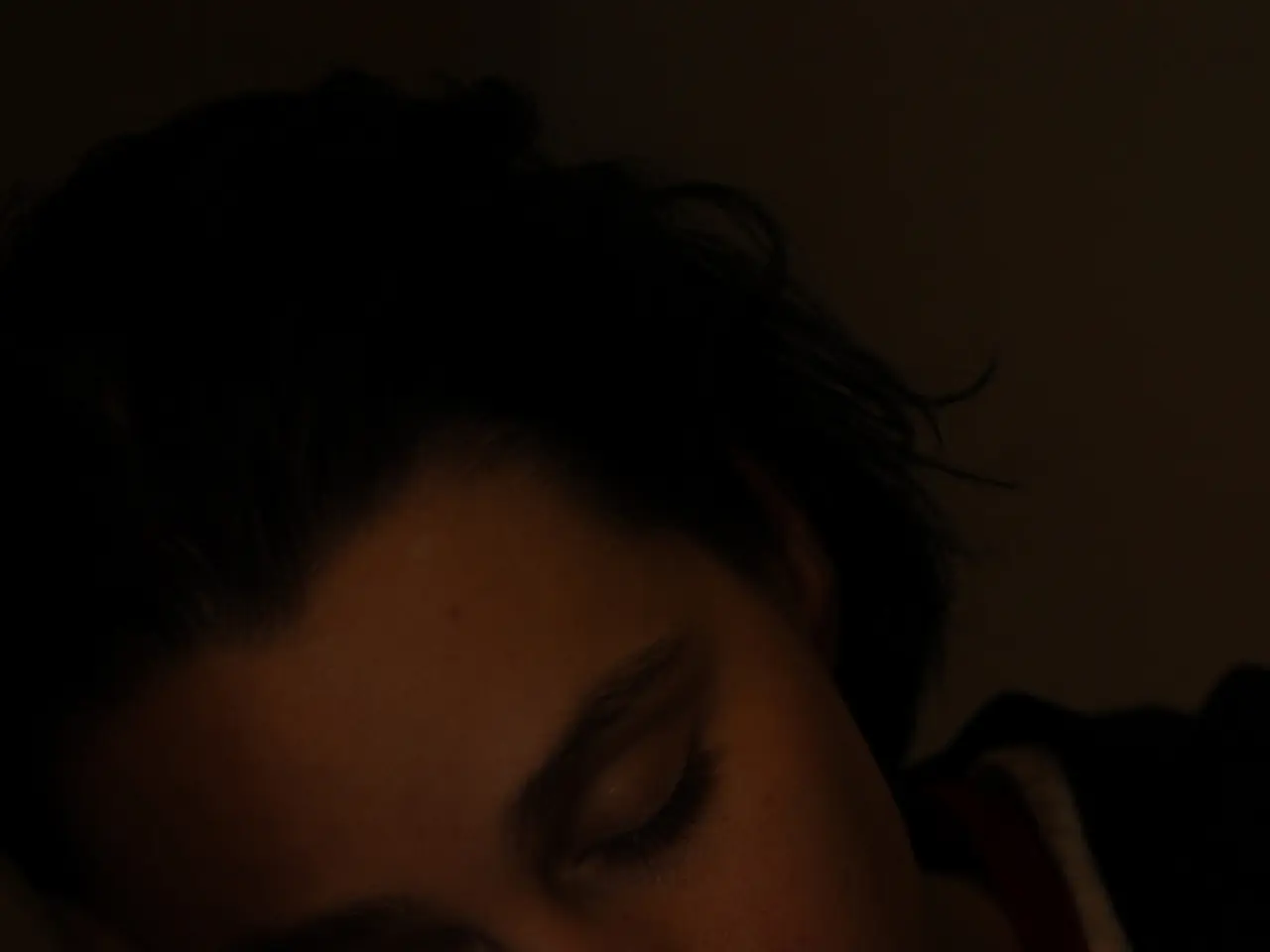Insomnia Treatment with Doxepin: Dosage Guidelines, Potential Side Effects, Frequently Asked Questions, and Further Information
Doxepin, a tricyclic antidepressant, is often prescribed for the treatment of insomnia, major depressive disorder, anxiety, and itchy skin. The Food and Drug Administration (FDA) has approved doxepin for the management of sleep maintenance issues, particularly insomnia.
While doxepin can be beneficial, it's essential to be aware of its potential side effects and risks. The most common ones include headaches and somnolence (drowsiness). Long-term use of doxepin can lead to more pronounced side effects, such as daytime sleepiness, dry mouth, dizziness, constipation, fatigue, and blurred vision due to pupil size changes.
Cognitive impairment and decreased alertness are concerns, especially in older adults. There's also a risk of worsening depression and suicidal ideation, particularly in individuals under 25 years old. Sleep-related complex behaviors, like sleep-driving and sleep-walking, have been reported with doxepin use and can be dangerous.
Stopping doxepin suddenly may trigger withdrawal symptoms such as headache, nausea, or discomfort, so gradual tapering is recommended. Doxepin may also increase the risk of glaucoma and have cardiovascular effects that can be problematic, particularly for older adults.
Due to these risks, especially cognitive and psychiatric effects, long-term use should be carefully monitored by a healthcare provider. The FDA has approved low-dose doxepin specifically for sleep maintenance, but overall, long-term safety data remain limited, and caution is advised.
It's important to note that doxepin can cause various other side effects, including anticholinergic effects (dry mouth, constipation, blurred vision, retention of urine), cardiovascular effects (low blood pressure, high blood pressure, fast heart rate), central nervous system effects (disorientation, confusion, hallucinations, numbness, seizures, ataxia, tremors, tardive dyskinesia, abnormal sensations, extrapyramidal symptoms), allergic effects (rash, swelling, itching, sensitivity to sunlight and indoor fluorescent light), gastrointestinal effects (nausea, vomiting, diarrhea, indigestion, poor appetite, taste disturbances, aphthous stomatitis), hematologic effects (high levels of eosinophils, bone marrow depression), and endocrine effects.
In conclusion, while doxepin can help manage insomnia and other conditions, it's crucial to be aware of its potential side effects and risks. Always consult with a healthcare provider for personalised advice and monitoring.
- Doxepin, a tricyclic antidepressant, is predicted to also affect mental health, including depression and suicidal ideation in individuals under 25 years old.
- The use of doxepin can lead to obesity-related complications due to its sedative effects and potential for decreased alertness and somnolence.
- In addition to its approved uses for sleep maintenance and major depressive disorder, doxipin has also been associated with health-and-wellness issues like glaucoma and cardiovascular problems, particularly in older adults.
- The long-term use of doxepin in the treatment of conditions like insomnia may increase the risk of Alzheimer's disease, given its cognitive impairment side effects.
- Copd or chronic obstructive pulmonary disease could potentially be exacerbated by the use of doxepin, as it can lead to symptoms like dry mouth, dizziness, and blurred vision.
- While doxepin can be a type of treatment for various health conditions, including insomnia and major depressive disorder, it's crucial for science to continue studying its effects on long-term safety, especially when it comes to its potential impact on sleep, health-and-wellness, and mental-health issues.




